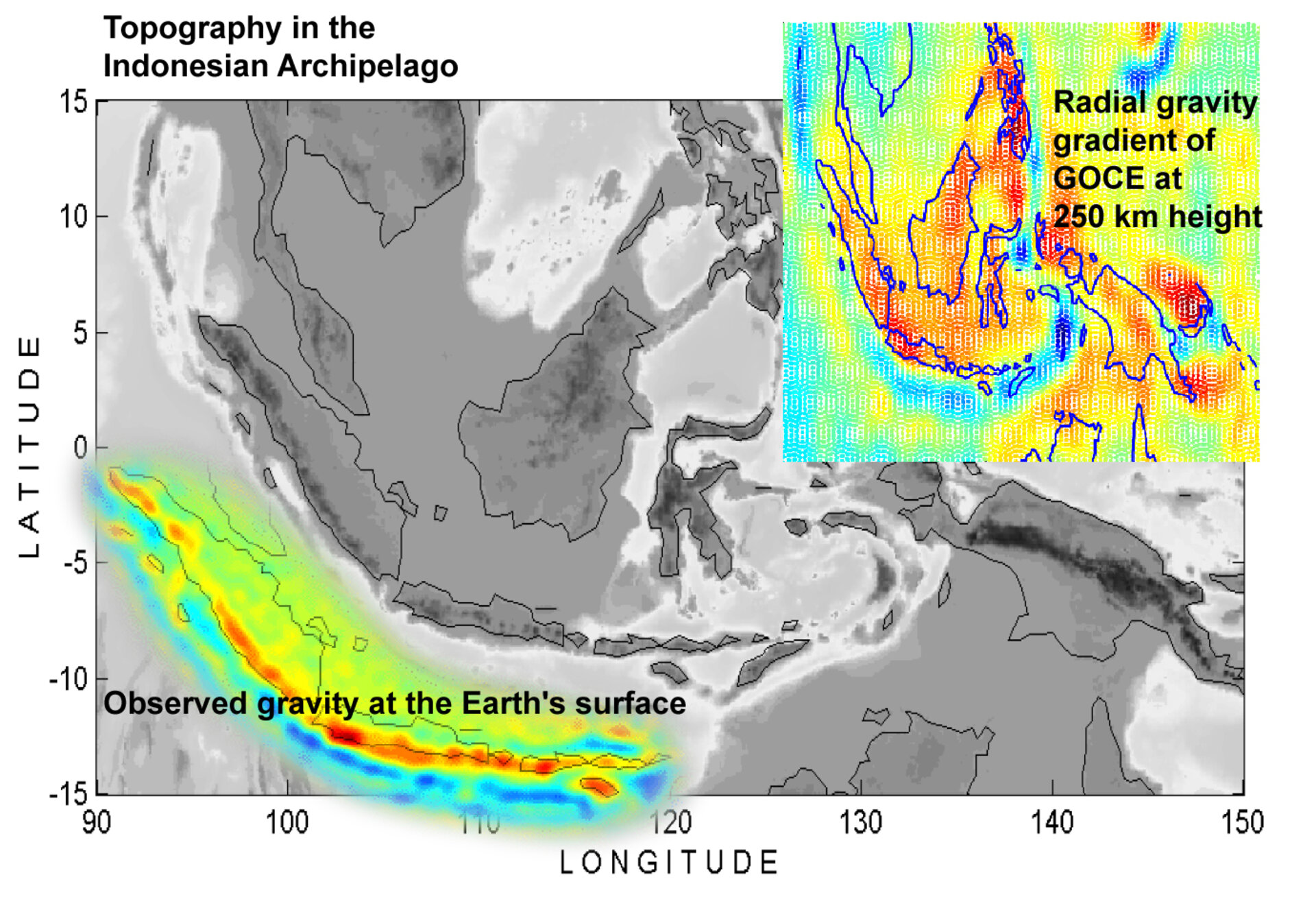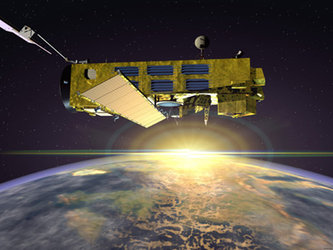Workshop on Earth Gravity Field from Space
Following the success of the first International GOCE User Workshop at ESTEC in 2001, the Workshop on Earth Gravity Field from Space was held from 11-15 March 2002 at the International Space Science Institute (ISSI) in Bern, Switzerland.
The ISSI invited some 50 experts acknowledged in their fields to discuss the impact of new, improved satellite gravity measurements on the following:
- Strategies for ultra precision orbit determination and gravity field modelling
- Solid-earth physics
- Ocean circulation
- Geodesy
- Sea level
- Development of future gravity mission concepts
The meeting attracted a variety of presentations based on recent results from processing CHAMP (German/US) satellite data, as well as research in preparation for Grace (US/German satellite gravity mission 2002-2006) and GOCE (ESA’s first Core Earth Explorer mission) data.
Attendees agreed that the workshop had been a success in that they had achieved important synergistic results in utilising satellite gravity data, combined with terrestrial observations and computer models, to better describe processes in the Earth’s interior, oceans and atmosphere.
For example, better seasonal climate forecasting is expected when improved geoid data (the reference of equal gravitational potential energy around the Earth) from GOCE can be combined with ocean profiling float data in ocean models. Also, a better understanding of the processes involved in tectonically active regions of the world is anticipated, which may help with earthquake forecasting. This is due to the way in which high-resolution gravity anomalies and time-varying gravity data can be combined with seismic tomography data to improve two-dimensional models of the lithosphere and upper mantle (see figure above). In addition, the same high-resolution gravity measurements help to improve corrections for post-glacial rebound and isostatic adjustment when assessing global sea-level rise using satellites such as ENVISAT and CryoSat. This refers to the fact that during periods of glaciation the weight of thick ice-sheets causes the Earth’s crust to sink, for example during the last Ice Age Scandinavia was depressed several hundred metres. When the ice-sheets melt the Earth’s crust begins to rise again. Although it takes thousands of years to reach isostatic equilibrium, the uplift is associated with a local fall in sea level.
Kluwer Academic Publishers is to publish a book, which will contain the results of the papers presented at the workshop. Also a second workshop is planned for 2004 to further exploit the synergies between the various science disciplines involved.





